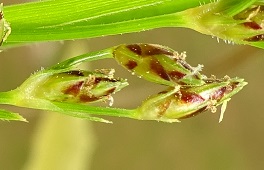| Home | Nature Weekly Index |
6 September 2015 | Sedges in My Pots |
Cyperaceae is a family of plants commonly known as sedges. They look like grasses, which belong to a different family (Poaceae). Recently, I had the chance to examine 3 sedges that grew out of my pot. The first one was the very common Roadside Flatsedge (Cyperus sphacelatus). In the past, I had wrongly named it as Slender Cyperus (Cyperus distans). This sedge sprout from my pot in the middle of July. It matured relatively quickly with spikelets (flower heads) appearing in just a few weeks. After doing the dissection of the matured spikelets, the appearance achenes (dry fruits or seeds) eventually led me to the correct identity of the sedge. Sedges normally grow on wetlands. However, the Roadside Flatsedge appears to be the odd one out; it grows almost everywhere.
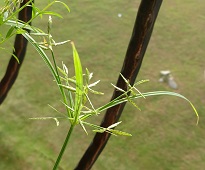
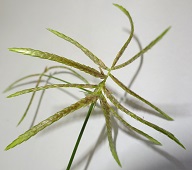

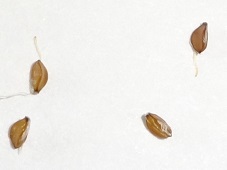
The second sedge appeared back in January, It was a Smallflower Umbrella Sedge (Cyperus difformis). The matured plant was much smaller than the Roadside Flatsedge. However, in its natural environment, the Smallflower Umbrella Sedge is usually much larger in size than the Roadside Flatsedge. Its current small size was probably due to the limitation of the pot size. The pictures below showed its spikelets development over a 3-month period.

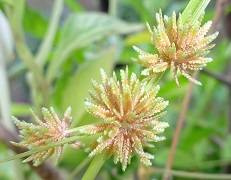

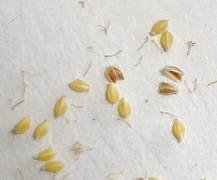
Lastly, the Forked Fimbry (Fimbristylis dichotoma) was the first sedge that appeared in my pot. The colony grew very well and was maintained for quite a while as it turn out to be the sleeping area for the Blue Mud Dauber Wasp (Chalybion bengalense) during the night, which I had shared in a post in December 2014. This sedge was removed last month since the wasps no longer return for the night in the last few months.

